Ship to: 43215 Update

- Plants
- Shade Trees
- Fall Color
- Gingko Trees
Plants Filter
Current Filters
Mature Height
Sunlight
Plant Type
Gingko Trees
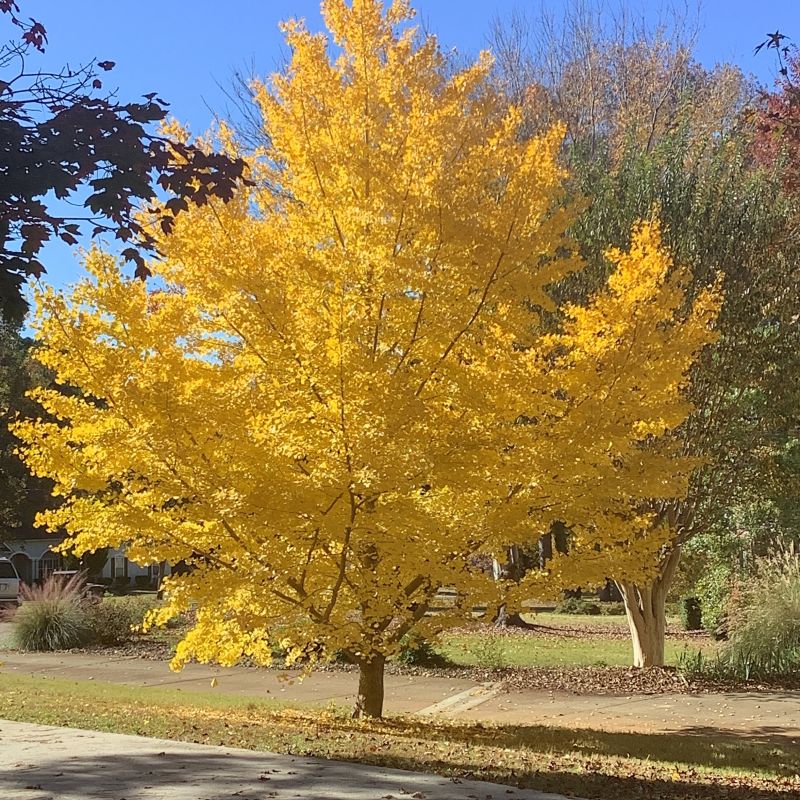
Autumn Gold Ginkgo
Starting at $84
30% Off
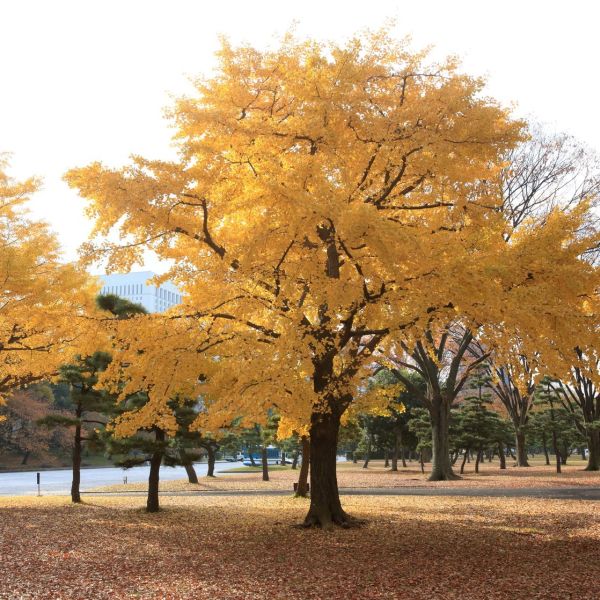
Ginkgo Biloba Tree
Starting at $86
30% Off
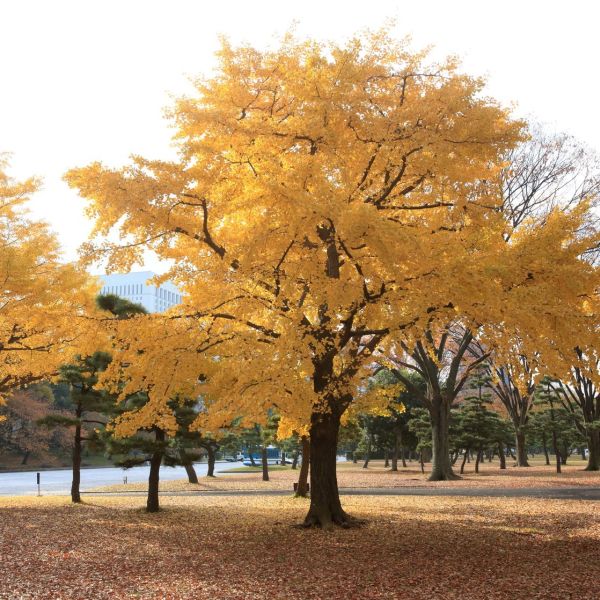
Ginkgo Trees
Starting at $70
30% Off
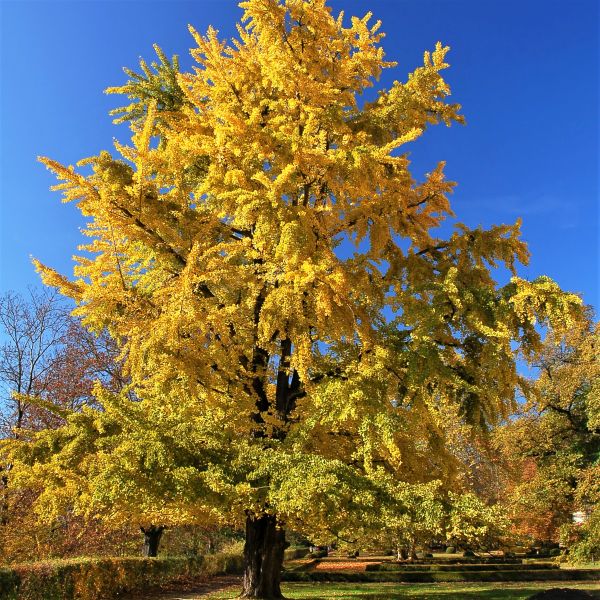
Princeton Sentry Ginkgo
Starting at $84
30% Off
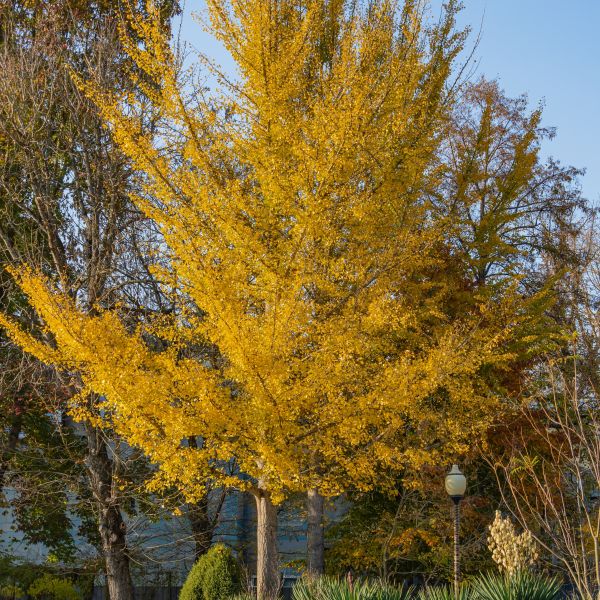
Sky Tower Ginkgo
Out of Stock
30% Off
Gingko Trees
The Ginkgo tree, scientifically known as Ginkgo biloba, is a unique and ancient deciduous tree that belongs to the Ginkgoaceae family. It is often referred to as a "living fossil" because it is the only surviving species of its division, Ginkgophyta, which dates back over 270 million years. Ginkgo trees are native to China but are now cultivated and admired worldwide for their distinct fan-shaped leaves and interesting growth habit. The leaves turn a striking golden-yellow in the fall before they drop, creating a beautiful display of color.
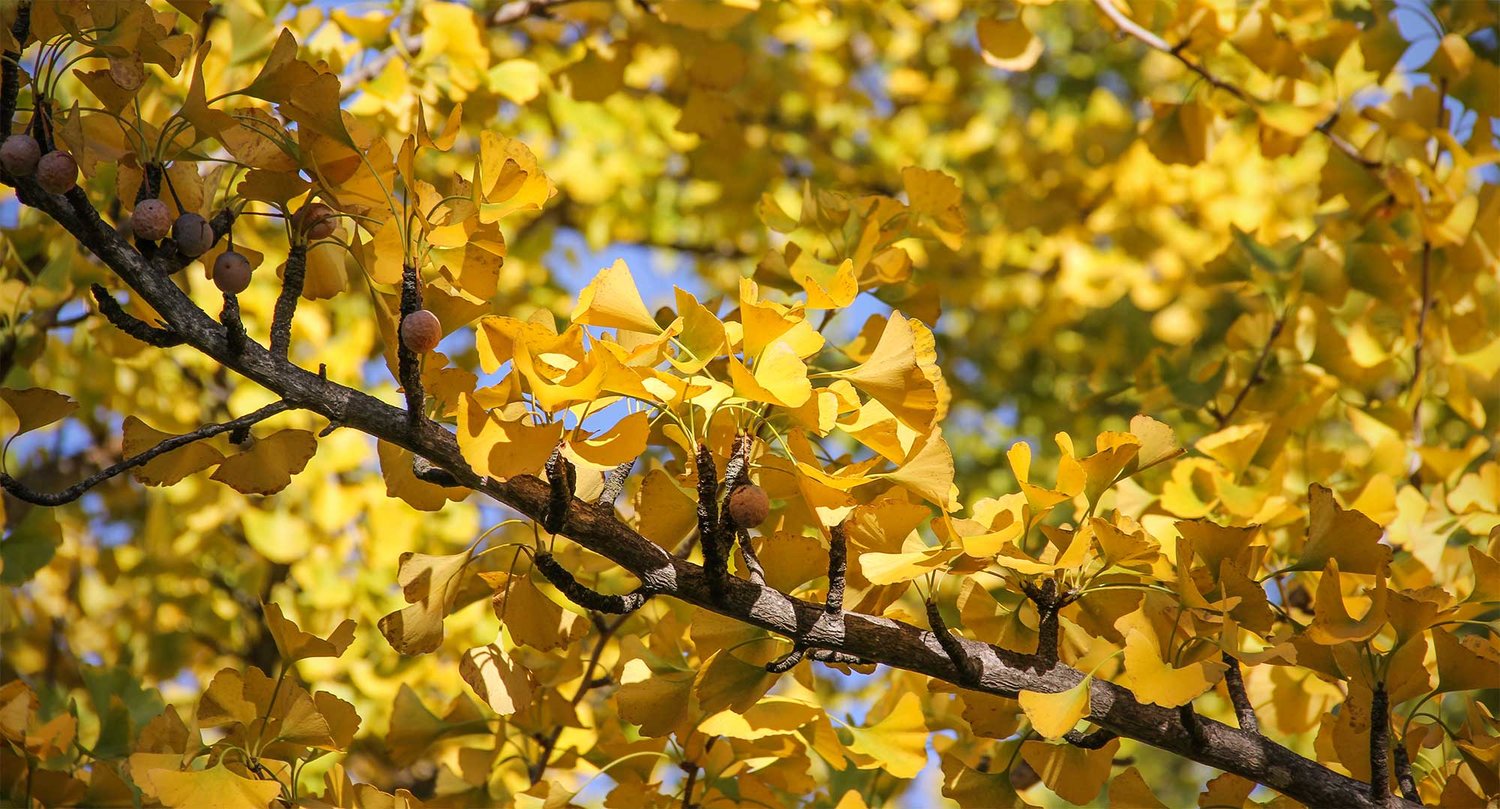
Common Features:
- Distinctive Leaves: Ginkgo leaves are fan-shaped with distinct veins that radiate outward from a central point. The leaves are usually bi-lobed or sometimes tri-lobed, resembling a "duck foot" shape.
- Gender Separation: Ginkgo trees are dioecious, which means they have separate male and female trees. The male trees produce cone-like structures called "pollen cones," while the female trees produce "ovules," which later develop into fleshy, foul-smelling seeds.
- Tolerant to Pollution: Ginkgo trees are known for their resilience and adaptability, making them suitable for urban environments. They can withstand pollution and difficult growing conditions.
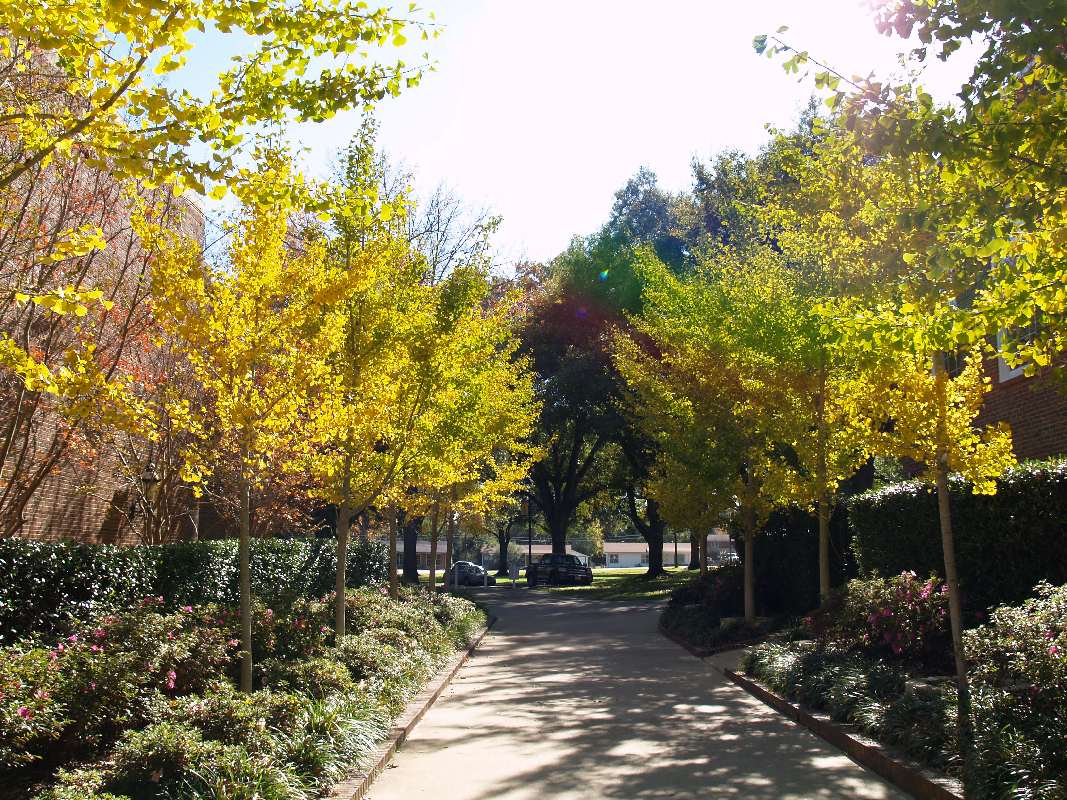
Care Tips:
- Sunlight: Ginkgo trees prefer full sun to partial shade. They require at least 6 to 8 hours of direct sunlight per day for optimal growth and leaf color development.
- Soil: Ginkgo trees can grow in a wide range of soil types but prefer well-draining, loamy soil.
- Watering: Young Ginkgo trees may require regular watering to establish their root systems. Once established, they are relatively drought-tolerant.
- Mulching: Applying a layer of organic mulch around the base of the tree helps retain soil moisture and suppresses weed growth.
- Pruning: Ginkgo trees require minimal pruning. Remove dead or crowded branches to maintain a healthy structure.
- Propagation: Ginkgo trees are commonly propagated from seeds, but they can also be propagated through grafting and cuttings.
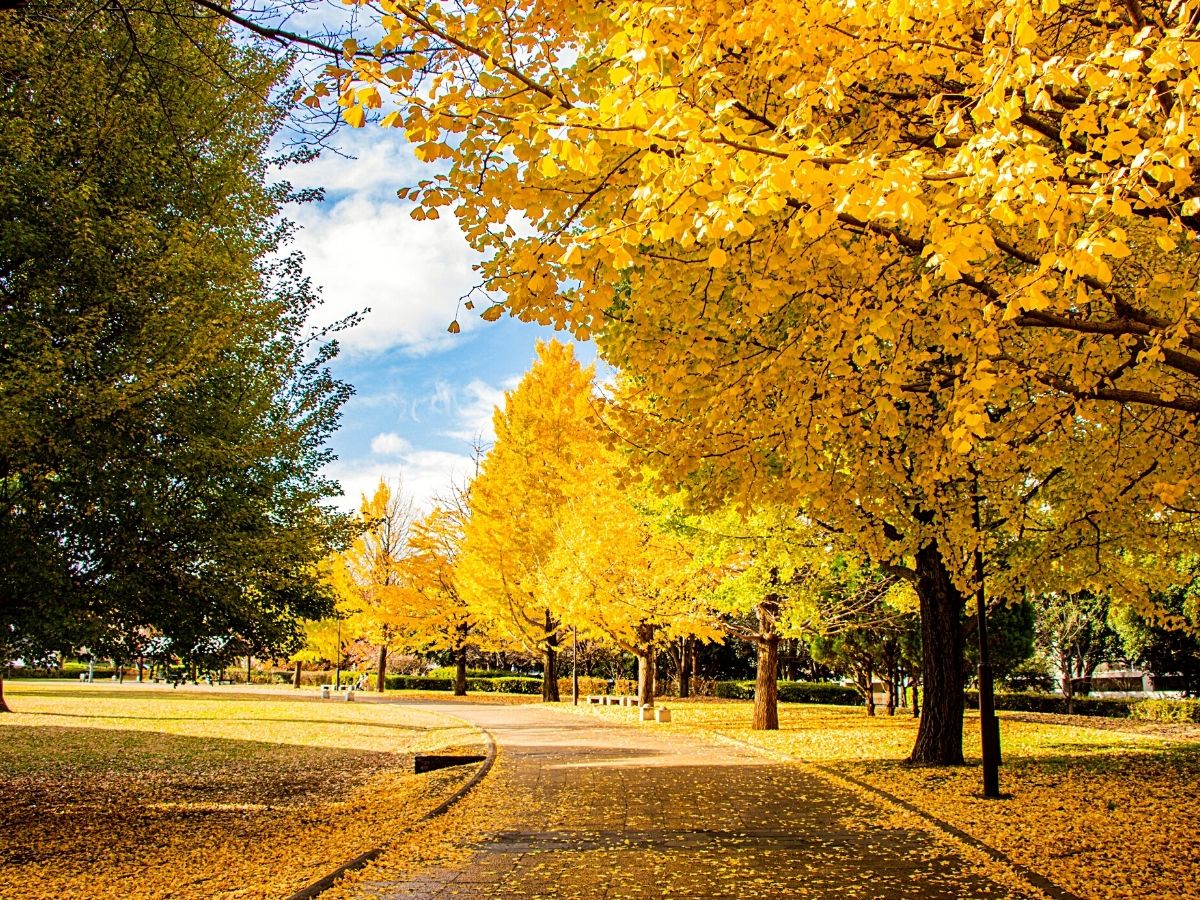
Uses:
- Ornamental Tree: Ginkgo trees are widely planted as ornamental trees in parks, gardens, and urban landscapes due to their unique appearance and stunning fall color.
- Medicinal Uses: Extracts from Ginkgo leaves have been used in traditional medicine for various potential health benefits, though scientific research is ongoing.
- Food: Ginkgo seeds, also known as "Ginkgo nuts," are edible and used in Asian cuisine.
Ginkgo trees are cherished for their distinctive leaves, historical significance, and their ability to withstand urban environments. They are revered as living relics from prehistoric times and continue to captivate people with their beauty and resilience. When planting Ginkgo trees, it is essential to choose male varieties to avoid the unpleasant odor of the female fruit. Additionally, as Ginkgo trees are slow-growing, they are often considered a long-term investment in landscape design.
Item has been added to your cart.

